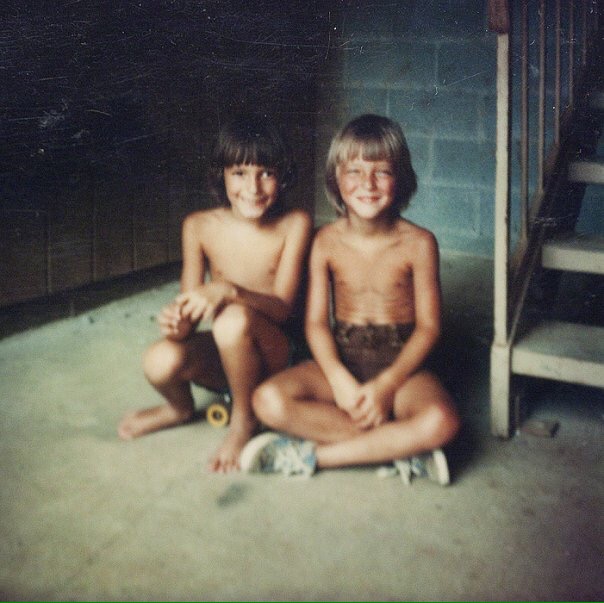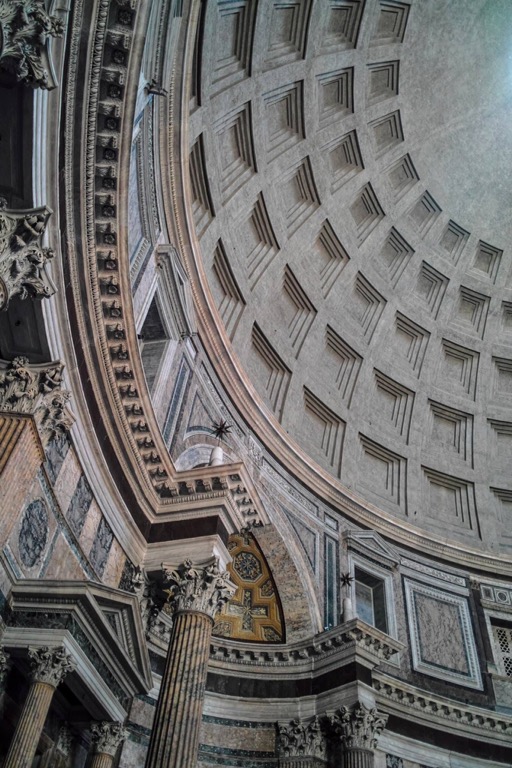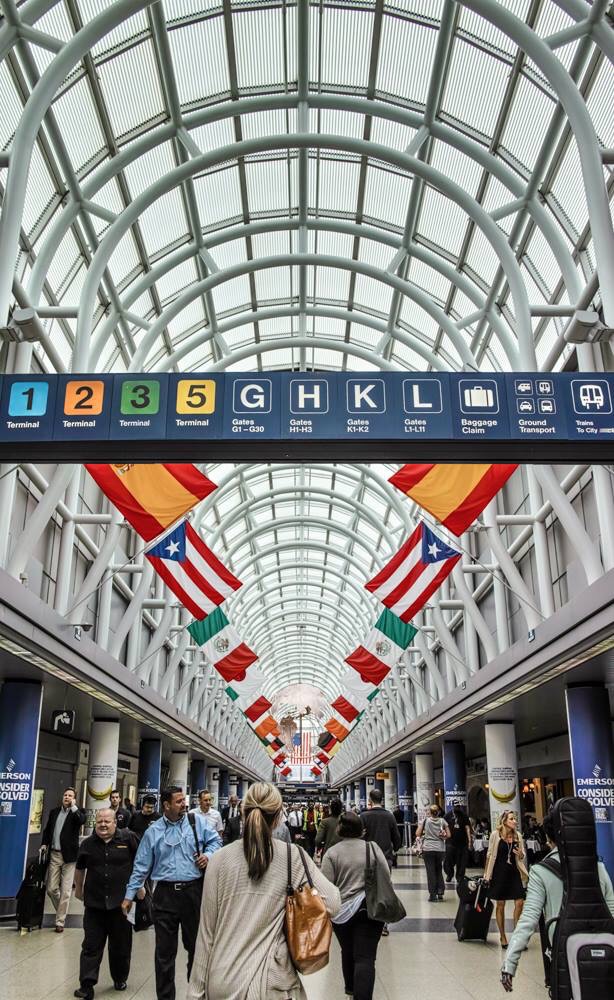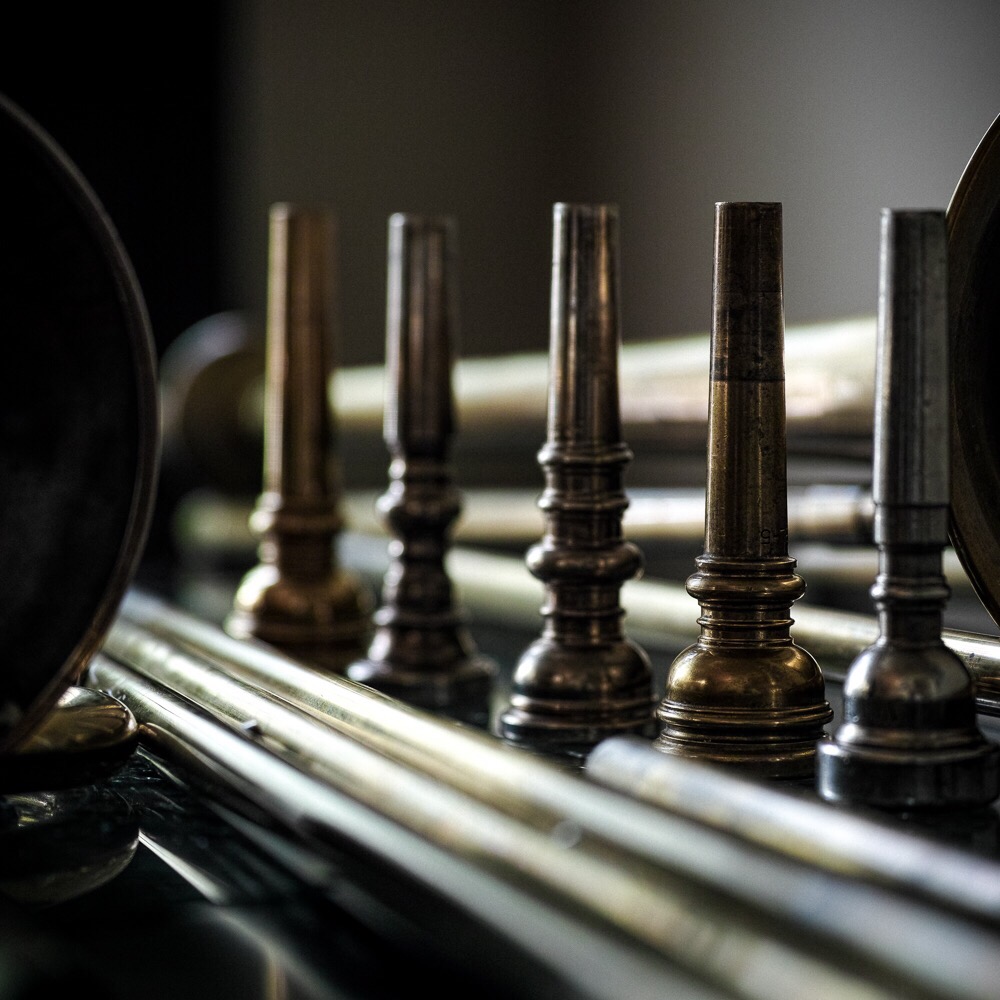(Excuse the meandering at the bottom of this post. I'd like to set up what will be the beginning of an ongoing series of shorter entries.)
To start off, two dangerous and curiosity-laden moments from my childhood:
Summer, circa 1982, and it's shortly after the 4th of July.
I can remember sitting on my bum out in the driveway, melting under the midday sun. No shirt. Just a pair of soccer shorts and tennis shoes. No socks. My legs are spread wide in front of me. In my right hand is a powerful magnifying glass stolen borrowed from my brother (who's legally blind). In front of me on the ground, in the middle of the broken triangle formed by my outstretched legs, is a firecracker.
Black Cat. Not a small one that comes tied to its brethren,en masse, in a red paper wrapper. Not quite "toilet exploding" size, but still big enough to pack a wallop. A good one. The science experiment du jour; Can I light a firework with the heat generated by sunlight focused through a magnifier (and survive)? I already knew the magnifier was lethal to ants. And junebugs. And arm hair.
Boom.
I can't even remember seeing the fuse ignite and burn down. I only remember silence one moment and a deafening boom the next.I can clearly remember the ringing in my ears. The smell of spent gunpowder. The quickened heart rate. My mom would have killed me had she seen what I was up to.
I clearly remember thinking "Wow! The cause of that fuse's ignition was far too quick and unexpected for me to anticipate" as opposed to "Damn! I'm so lucky my hand didn't get blown off!". To this day, the curiosity is what seems the most palpable.
Story 2:
Move ahead to the Summer of 1985. Once again, I'm seated on the ground. Indoors. In the kitchen.
A string of eight (8!) D-cell batteries are taped together in an attempt to create a powerful source of electricity. Positive to negative. Positive to negative. Positive to negative... eight times over. Attached at one end of the bank of batteries is a length ofwire scavenged from an old extension cord. A similar length is attached to the other. In front of me on the floor, again in the middle of the broken triangle formed by my outstretched legs, is a glass hand grenade (ok... flash bulb) from a vintage Kodak Brownie Hawkeye camera.
"Just how bright will it be when I connect 8 batteries to it? I'll just connect it for a split-second."
I've yet to see anything else as bright as that flash bulb. There was so much current that the bulb's glass partially melted in my hand during in that brief moment that it was connected to the batteries... although I couldn't see what had happened. A bright blue spot remained in my vision for almost 30 minutes. A large burn blister formed on my palm within a few minutes.
My mom never knew.
That's how things were back then. I ran some cold water on it and went to find a bandaid in the hall closet.
"Rub some dirt in it, kid..."
The details about the batteries' brand has faded. Color of the tape holding them together? Gone. The curiosity, however, is still right here.
Where does the curiosity to self-teach and experiement come from? I have a sense that there is a long spectrum regarding the willingness/ability to self-teach. Why do some folks find themselves with seemingly unending curiosity? Why do those folks also tend to be Polymaths?
I feel as though I grew up during a simpler time. A slower time. If you've watched Netflix's newest series, Stranger Things, you'll have a broad picture of my childhood years (minus the alternate dimensions and monsters). Information was not as abundantly available to the general public. No internet. No cell phones. Few computers in homes. If you wanted to learn something outside of formal circles, you had to make it happen on your own.
Go to the library and figure it out. Experiment.
As I try to gauge the trajectory of the second half of my life, I also reflect on the things that have had some small influence on where I am today. A "free range childhood" was a significant factor. Growing up alongside other fiercely competitive self-teachers was probably significant as well. Those simple "Aha!" moments from childhood and adolescence laid a framework that has led to a life of varied pursuits and interests: trumpet playing, architecture, photography, early music, pipe organs/organbuilding, instrument making, computers, and so forth. Much of my education has been formal. Yet, very little of that formal education has escaped a desire to self-teach related disciplines alongside.
These are just little stories. Banal. Possibly silly. Stories that show how curiosity and love-of-learning reared its ugly head during simpler times. Some stories will be from childhood, some from college years. None will likely seem profound.
Enjoy!
Cheers, Shelby








